

The search for employment is unpredictable and demands unrelenting patience. When you're at your wit's end, it can be tempting to send the same exact resume to what feels like the same job ad over and over again. However, no two firms are identical and there are particular qualities and red flags that a firm won't always simply list on their job ad. In Archinect's “How To Get A Job At ____”, we asked some architecture firms how candidates can stand out from the crowd when applying to their practice.
With over five decades of practice, Richard Meier & Partners remains one of the most renowned architecture firms in the world. Founder and Pritzker Prize laureate Richard Meier leads the midsize firm with six partners — Michael Palladino, James R. Crawford, Bernhard Karpf, Vivian Lee, Reynolds Logan, and Dukho Yeon — in New York and Los Angeles. At this point, the firm has built over 130 projects on four continents that collectively emphasize the firm's core design principles of site, order, and natural light.
As a high-demand firm with high standards, what does Richard Meier & Partners seek in their most promising job candidates? How can potential new hires prepare if they land that critical interview? Associate Partner Reynolds Logan took a moment with Archinect to share some tips.

1. What positions are constantly in-demand at your firm?
We more often search for 3-7 year experienced candidates with well rounded experience in design and project management of beautiful high quality work. Most of our applicants, on the other hand, are recent graduates with limited experience. We’d like to hear from more experienced candidates.
2. What information should potential candidates know about your firm's practice and work?
Because our work is well known and easily accessible in the media, candidates should be familiar with the projects and the principles that shape them. We are always interested in those who have developed similar sensibilities and can talk about it in their own design experiences.

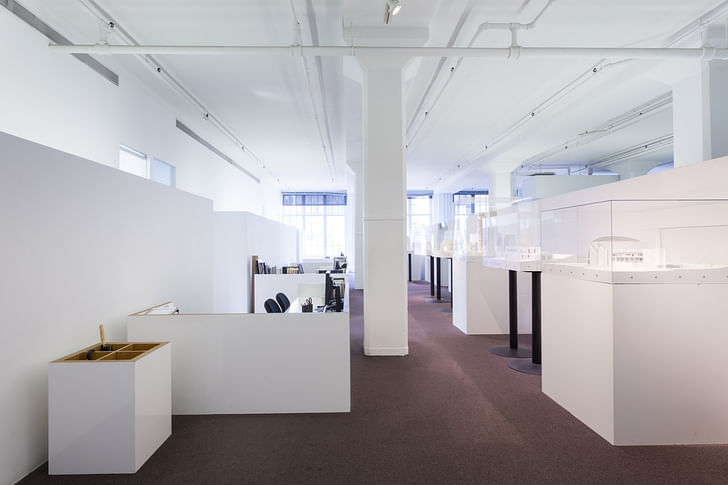
3. After deciding to meet with a candidate, what are you looking to learn about them from the interview?
An invitation for an interview reflects our positive initial impression that the resume and portfolio samples already project a high standard for education, life and practice experiences, and the thoughtful graphic communication of them. Next we want to see a broader sample of the work, the ability to communicate ideas and a process with ease, graceful interpersonal skills and the ability to think on their feet, and to discover what makes the applicant unique. We hope to maintain a thoughtful environment where everyone is positive, curious, and fun to be around and make things with.
Good ideas will come from any member of that team. Step up and make a place for yourself.
4. What do you say is the best thing about working for your firm? What is the most challenging thing?
The best thing is also the most challenging. There are unique project opportunities across a wide range of building sizes, types, and geographic location that offer everyone the possibility to genuinely contribute to the process and product. Our teams are tightly organized around a small core group of intelligent resourceful people that are empowered to make things happen – good ideas will come from any member of that team. Step up and make a place for yourself.

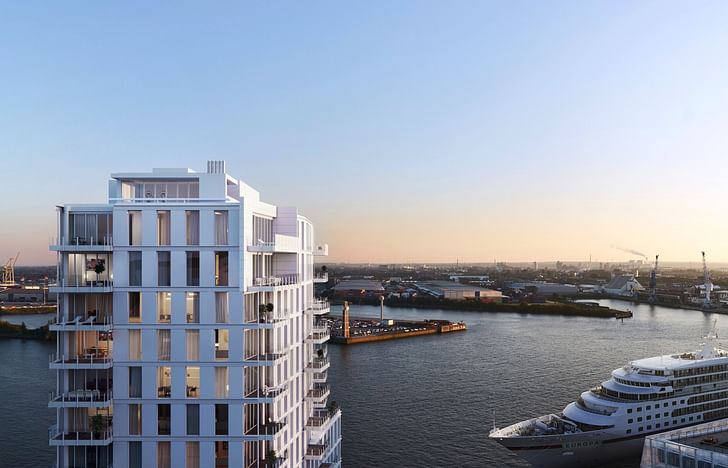
5. What makes a strong CV/portfolio, and what are some “red flags” that make you reject an application instantly?
A resume and sample portfolio are simple design “auditions” that we hope will be thoughtfully edited, simply and elegantly presented, and executed without typographical errors. A personal cover letter should be concise and communicate why the candidate might want to join us. Generic letters, cluttered overstuffed pages, and work that shows little inclination toward the order and composition of our work do not see much light here.
6. What kind of technical skills are absolutely essential for applicants?
On the software front, basic software skills like AutoCAD, Rhino, 3DS Max, and Adobe Creative Suite are typically already well known. Revit is becoming more important. Still, those are tools. More important is an already informed and curious real world sensibility, experience, and/or investment in how things work and the craft of how they are put together.
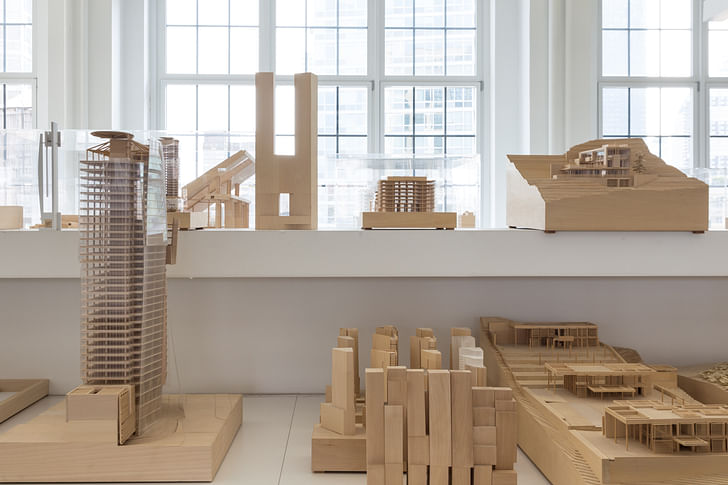

7. How important is an applicant's educational background?
An applicant’s educational background shows up primarily in the growth, variety, quality, and depth of the work in their portfolio. While we may have some experience with programs that regularly feed us candidates with favorable design sensibilities, we care little for the source of the professional degree. If anything, we might have a subtle bias towards graduates of less well known programs who show unusual talent and an obvious eagerness to contribute on any level.
An applicant’s educational background shows up primarily in the growth, variety, quality, and depth of the work in their portfolio.
8. What kind of training do new hires undergo when they’re first starting?
New employees are guided through a rigorous orientation on a number of levels, some formal and others less so. Our infrastructure group spends several days in software, standards, and organization sessions. We identify and execute various training needs (more notably for Revit recently). The Director of Visualization gives 3D/ Rendering skills tutorials as needed. On a less formal basis, our team structures encourage learning in a generous atmosphere where we all bring each other up together. One path through which many people enter the studio is to begin their tenure in the Model Shop. It has been an excellent way for anyone to be fully immersed in the design of a project and work with the entire office on a rotating basis.



9. Do you have an internship program? If so, briefly describe.
We have paid interns who are typically here for at least 6 months at a time, whether a semester & summer, a gap year (or more) before graduate school, or European internship periods that are part of those curriculums. We try to avoid limited summer internships.
10. When interviewing, how do you describe your company ethos to the candidate?
Our practice is well known for its mission and principles. The “language” is well established but our desire to advance it together is the common goal. The studio is comprised of individuals who share that particular agenda, but are themselves from many different interesting cultures and backgrounds. The process is a slow and methodical effort to get it “just right” all the way down into the details.
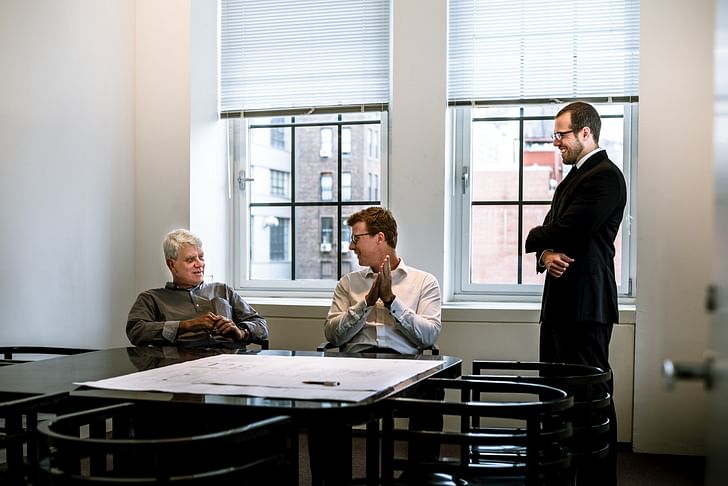

11. What additional social activities do you do as an office?
Quite a number of things… beginning with monthly Thirsty Thursday after-work, celebrations of birthdays, and any other excuse to be out as a group. There are quarterly Project Presentations that are social gatherings designed to inform and generate discussion among teams about their work. We have the usual big holiday party and the occasional summer one, and we are very good about organizing tours of old and new projects around New York City (Smith House, House in Old Westbury, Hartford Seminary) and other work (recent trips include Philip Johnson’s Glass House, Kahn’s Fisher, Kormann, and Esherick houses, and Sanaa’s Grace Farms in Connecticut). There are weekly Continuing Education Lunches for everyone and an intramural soccer league team.

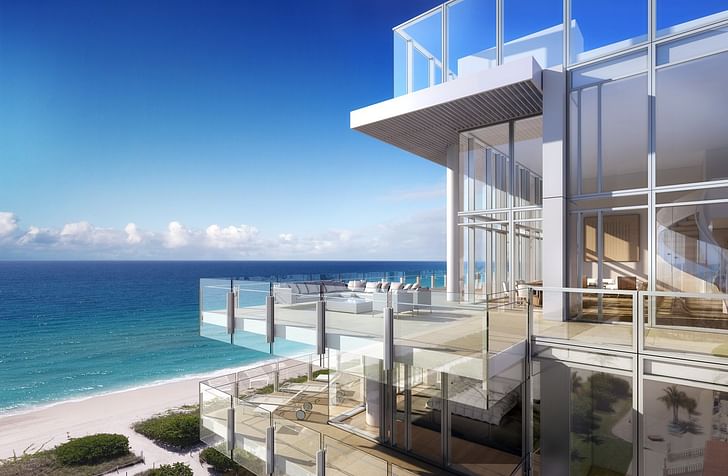

12. If a candidate had the choice between you and another firm, what argument would you use to win them over?
We are fortunate and grateful here for the amazing array of project opportunities we have across a broad range of project types, sizes, and sites/locations, with clients who are well informed about and especially interested in our approach. It’s difficult to express the degree of positive common mission we find ourselves on.
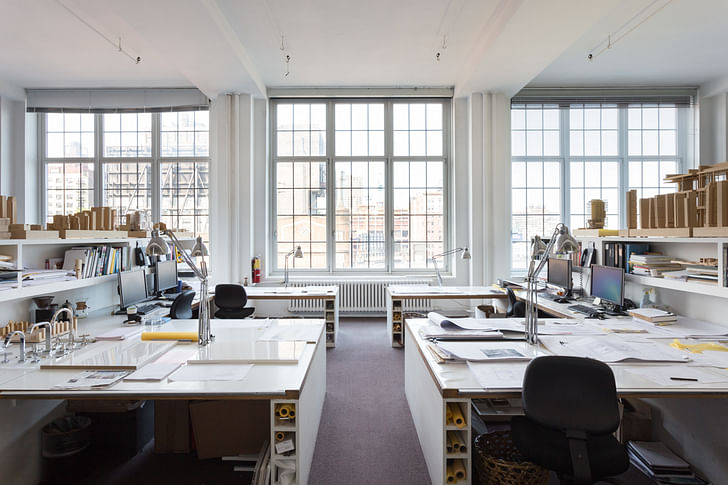
13. How do you see your firm growing in the next five years?
We are quite content with our medium sized office staff of around 50, not having been far off that mark for decades. It is a size where everyone knows and appreciates all others and their work, and the mission is consistently executed. What shifts and grows over time is our experience with and immersion in projects of various types. We’ve been through various 5 year phases where much of the work might have been in museums and cultural projects, or important government buildings, or lately high-end residential tower projects. We don’t plan these phases, but rather take advantage of opportunities that arrive and generate their own momentum. It is difficult to know where the next wave will be.
Interested in joining Richard Meier & Partners? Check out their Archinect profile to see if they have any current listings. To see more active listings from hundreds of firms, browse Archinect's Job Board.
4 Comments
nice article, can't say too much about the NYC office but wished Renny would have talked about the LA office as well. I wished he would have talked that the relationship between LA and NYC office are quiet different. Overall the experience at the RMP Office is a great environment, strong hierarchy but you learn a lot when you willing to run the extra mile...
The reason why nobody with 5-7 years exp. is applying is because nobody wants to work 50+ hours a week in this kind of job and get paid a teacher's salary while living in NYC
True. I like Richard and you can definitely learn things at his office, but the problem is that management thinks they are doing you a favor by working with them. In general, that type of mindset among some firms is a big red flag among people with 6+ experience. Also they should take their new grads seriously and invest in them (at least a few of them) so that they grow to be those 6+ people they want. But no, they would rather cut expenses to give bonuses to their top guys.
Beautiful office, but does anyone else think that conference room looks borderline destitute?
Block this user
Are you sure you want to block this user and hide all related comments throughout the site?
Archinect
This is your first comment on Archinect. Your comment will be visible once approved.